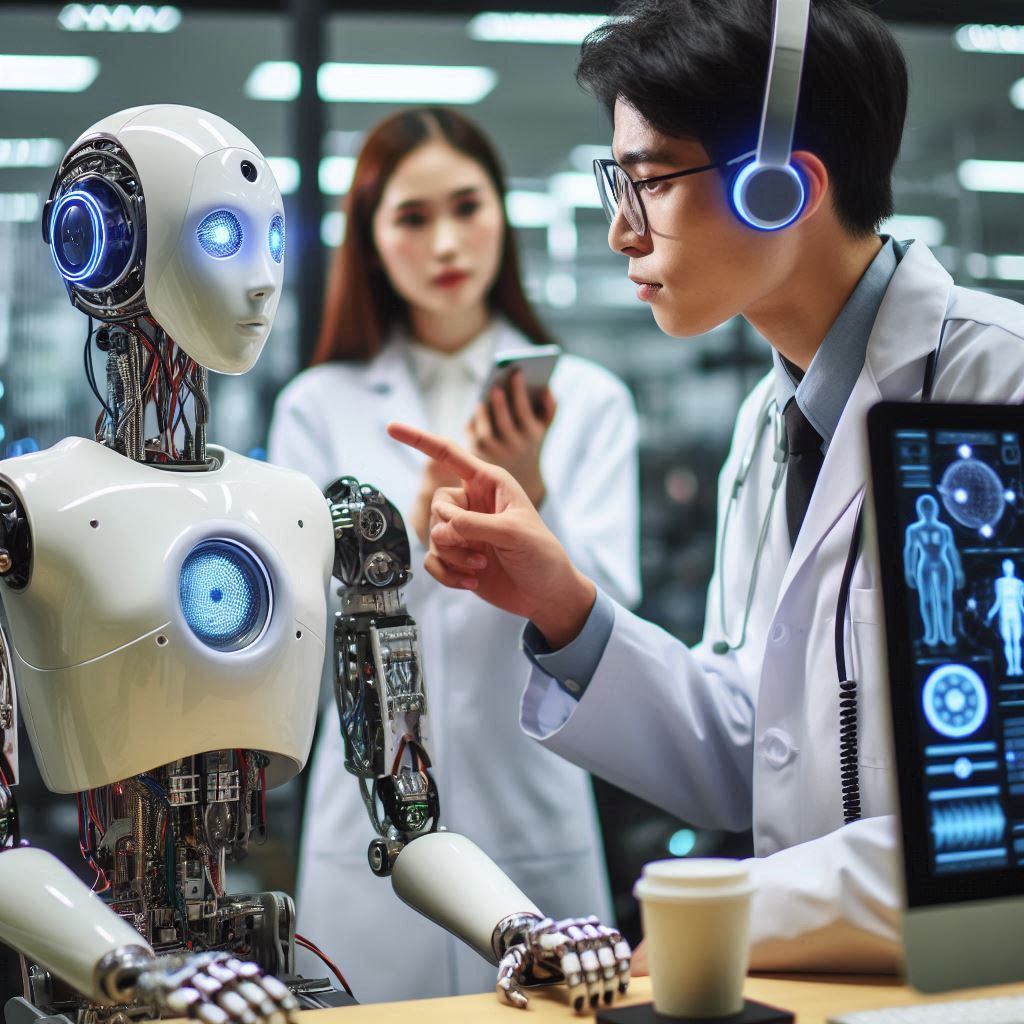
Japanese robotics researchers have showcased the application of OpenAI’s GPT-4 model in transforming natural language commands into actions for humanoid robots, exemplified by the Alter3 robot.
At the University of Tokyo and Alternative Machine, researchers leveraged GPT-4 to convert textual prompts like "take a selfie with your phone" into specific movements that Alter3 executes. This approach translates the sequence of movements derived from the prompt into executable code for the robot.
Traditionally, training robots involves labor-intensive processes with extensive data and manual control of each robotic axis. The use of GPT-4's foundational model streamlines this training by generating generalized actions based on linguistic input, allowing for quicker robotic training and task execution.
The researchers noted that GPT-4’s ability to generate motion instructions surpassed traditional robotic training methods in terms of quality. This capability enables Alter3 to perform a wide spectrum of actions, from everyday tasks to mimicking non-human behaviors such as acting like a ghost or snake, leveraging GPT-4’s extensive knowledge base.
Moreover, the integration of verbal and non-verbal communication facilitated by GPT-4 enhances Alter3’s ability to express nuanced emotional responses. Even without explicit emotional prompts, the model infers suitable emotions and reflects them in Alter3’s physical interactions, potentially leading to more empathetic interactions with humans.
The study underscores GPT-4’s transformative impact on robotics, enabling more natural and adaptive human-robot interactions and advancing the capabilities of humanoid robots in diverse scenarios.
As robotics continue to integrate advanced AI models like GPT-4, the potential for enhancing both functionality and emotional intelligence in humanoid robots grows, marking significant strides in the field of AI-driven robotics.